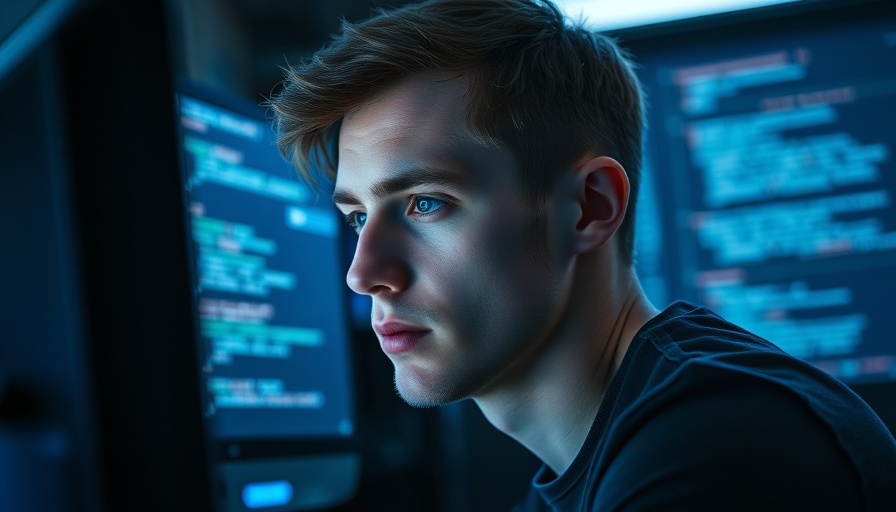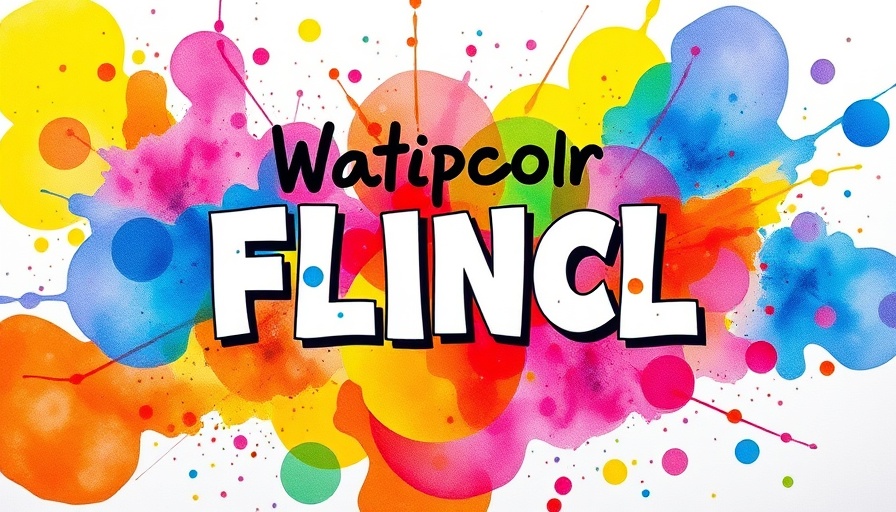
SEO Keyword: AI Poetry Detection
The rise of artificial intelligence (AI) is reshaping the literary landscape in astonishing ways. In particular, AI poetry detection has become a point of fascination. A recent video, "Spot AI Poetry in 30 Seconds: Key Clues Revealed," dives into this intriguing topic, exploring how we can identify poetic works generated by AI.
In 'Spot AI Poetry in 30 Seconds: Key Clues Revealed,' the discussion dives into the nuances of AI-generated poetry, prompting us to analyze its implications on creativity.
How AI Poetry is Transforming Creative Expression
AI poetry detection isn't just about identifying whether a piece was written by a human or a machine—it's about understanding the impact of AI on creative expression. As technology evolves, artists and writers are using AI-generated content as a tool to expand their creativity. This interplay between human artistry and machine learning raises questions about authorship and the essence of creativity itself.
Key Characteristics of AI-Generated Poetry
In the video, several hallmark signs of AI-generated poetry are discussed. Delivering work characterized by repetitive structures, high reliance on data patterns, and occasionally unconventional word choices, AI poetry can be both mesmerizing and perplexing. The keen observer may find clues in the poem's rhythm, imagery, and emotional depth that distinguish human authorship from machine algorithms.
The Benefits of Understanding AI Poetry Detection
Recognizing the signs of AI-generated poetry offers numerous advantages. For educators, it provides a practical tool for discussing authorship and originality in literature classes. For poets and writers, identifying AI can lead to innovative practices and tools that enhance their creative process and inspire new genres. Moreover, as AI continues to evolve, understanding its capabilities can aid in honing individuals' poetic voice in an increasingly digital world.
Counterarguments: The Limitations of AI in Arts
Despite the remarkable progress in AI technology, the limitations of AI-generated poetry are evident. Critics argue that while AI can mimic style and technique, it lacks genuine emotional depth and experience. This leads to a valuable dialogue about the irreplaceable nature of human creativity. The emotional resonance of human experience arguably cannot be replicated by code, no matter how sophisticated the algorithms become.
Future Perspectives: What Lies Ahead for AI Poetry
As AI continues to advance, what will the future of poetry look like? We might expect a collaborative landscape where human poets combine their skills with AI for inspiration and experimentation. Additionally, the potential for AI to help democratize poetry and make it more accessible to a wider audience is promising. However, the conversation about ethical implications and the value of human creativity will undoubtedly persist.
Conclusion: Embrace Innovation while Preserving Authenticity
AI poetry detection opens up a thrilling frontier in both literature and technology. By understanding the nuances that distinguish AI-created works, individuals can better appreciate the interplay between technology and creativity. As we explore this evolving narrative, it is imperative not to overlook the foundational elements that define artistic expression. The future might be a blend of both realms, but preserving the heart and soul of poetry remains crucial as we embrace innovation.
 Add Row
Add Row  Add
Add 




 Add Row
Add Row  Add
Add 

Write A Comment